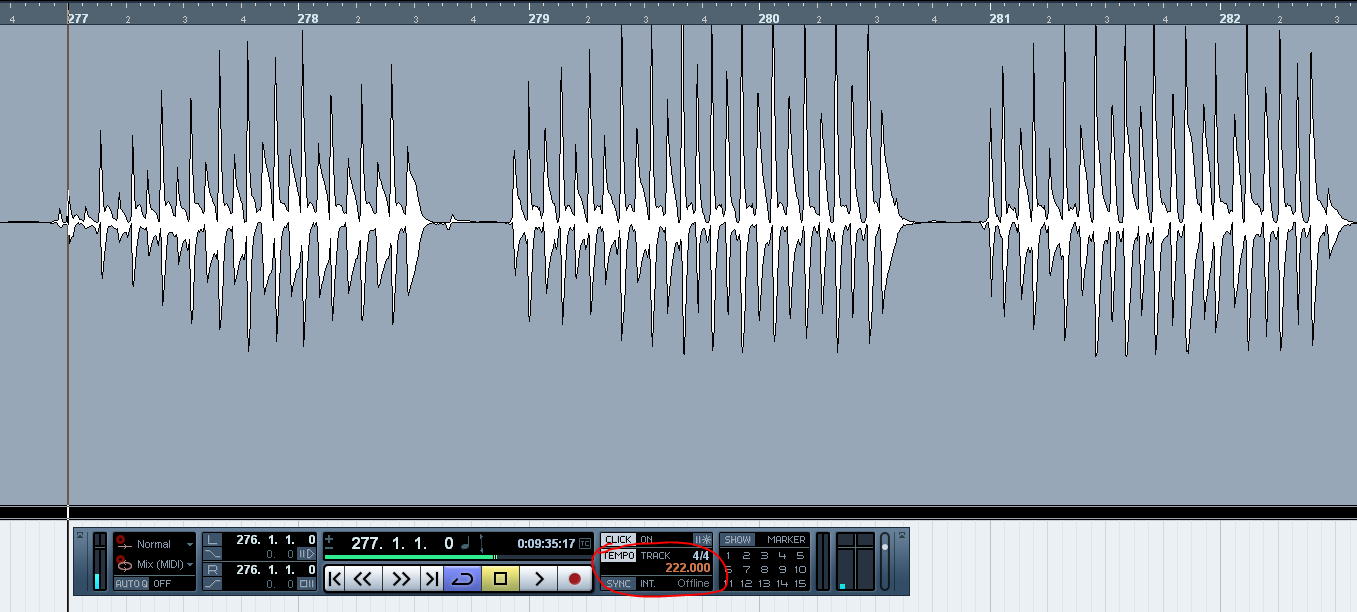Since the cat’s out of the bag, we have * four * new lessons in this section as of this week, plus some key updates to the other existing lessons. In total it’s 10 lessons and forms a pretty comprehensive sequence for learning the most common reverse dart motions.
The sequence includes detailed, step-by-step instructions for doing the Andy Wood / McLaughlin “small mouse” motions, the middle-finger grip “tall mouse” motion, and the trailing edge extreme speed “tall mouse” motion:
Small mouse + middle finger tutorial:
Trailing edge extreme speed tutorial:
Then we have two new lessons on increasing speed and endurance, with ample slow-motion closeups showing what happens when motions go wrong as I try, and often fail, to reach higher speeds! These subjects have a history of being a little “woo woo”, with questionable analogies to gym training and the like. To cut through that, I demonstrate 220 bpm and 230 bpm McLaughlin motion with the Magnet. In the slow motion footage you can see exactly what is happening and why things can’t go faster:
Finally, we made some key updates to this pick grip chapter based on TC feedback, to make it more obvious exactly what I’m doing to make the arm position as “tall mouse” as possible:
These grip details probably depend on individual finger and hand geometry. So you may not actually need to do any of this at all, based on your initial tests. I discuss this in the lesson.
On a related note, the reverse dart techniques profiled in these lessons all have very specific positioning. So the tips we provide won’t necessarily relate at all to other motions you’re trying to learn — even other wrist motions. Original dart throwers, we’ll get to you eventually!
If you’re still working on basic wrist motion, let us know if any of this is helpful. Feel free to post general questions here, but please don’t outline the whole sequence on the forum — I think we’ve been very generous with the YouTube lesson already.
For more specific feedback on your playing, definitely make a platform TC — we’d love to help!





